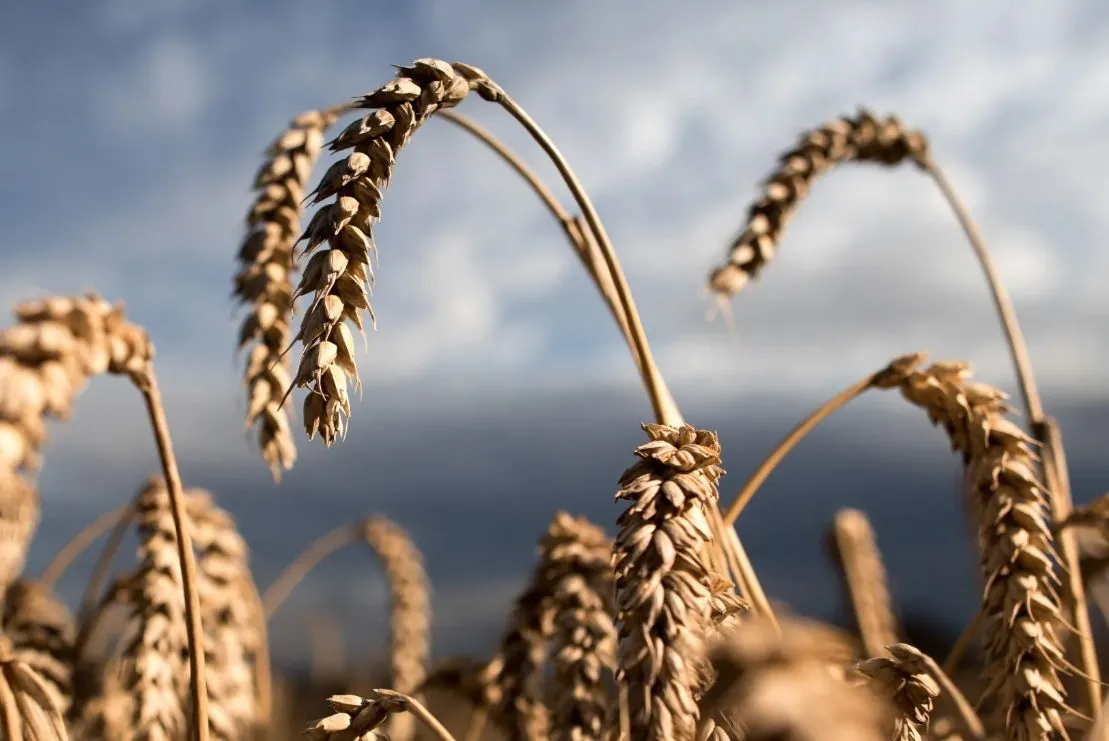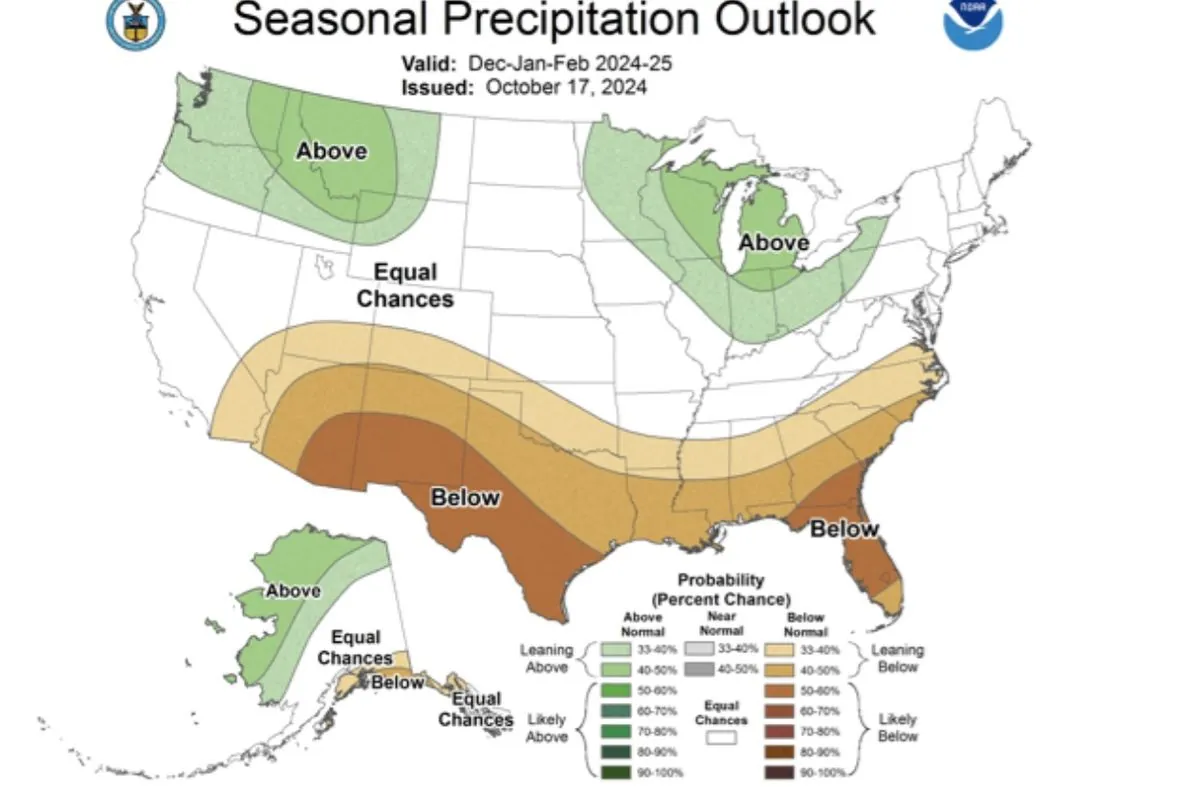
La Niña could cause severe drought in the US plains during the winter months
Kyiv • UNN
NOAA predicts the development of La Niña conditions this winter, which could lead to severe drought in the US plains. Already 52% of wheat growing areas in the US are suffering from drought.
The conditions of the La Niña climate cycle can affect the main wheat growing areas.
Written by UNN with reference to NOOA and Scripps News .
The National Oceanic and Atmospheric Administration said it is predicting the development of La Niña conditions this winter.
"This winter's emerging La Niña is expected to influence future winter models, especially our precipitation forecasts," said John Gottschalk, head of the Operational Forecasting Branch at the Climate Prediction Center.
In the United States, La Niña usually brings warm and dry winters to much of the south and east. But in the northwestern United States, winters are typically colder and wetter.
In particular, the forecast suggests that the drought may worsen in the southwest and some areas of the US plains.
"Unfortunately, after a brief period in the spring of 2024 with minimal drought conditions across the country, more than a quarter of the continental United States is now in at least moderate drought," said Brad Pugh, drought operations manager at NOAA's Climate Prediction Center.
HelpHelp
La Niña is a climatic phenomenon associated with a decrease in water temperature in the equatorial Pacific Ocean. The La Niña phenomenon is characterized by an abnormal decrease in water surface temperature in the central and eastern tropical Pacific Ocean. This process is the opposite of El Nino, which is associated, on the contrary, with warming in the same zone.
Impact on the weather in the United States
In 2023-24, the United States had its warmest winter on record. Eight states in the Upper Midwest, Great Lakes, and Northeast had the warmest winters on record.
Drought leaves Amazon basin rivers at all-time lowSeptember 18 2024, 10:03 PM • 15763 views
The average temperature was 5.4 degrees above average.
Wheat production in the US
The US is the fifth largest wheat producer in the world.

The country's farmers are sowing winter wheat and expect to harvest it early next summer.
According to the National Drought Mitigation Center, about 52% of wheat-growing areas were affected by drought last week. Two weeks ago, it was still 44%. The drought in the American plains is also expected to affect wheat production in the United States.
World wheat production
Meanwhile, the International Grains Council (IGC) estimated the world wheat production for 2024-2025 at 798 million tons, which is almost unchanged from the previous estimate. The estimate of global wheat consumption was revised upward. At the same time, the supply deficit was increased to 6 million tons. Consumption is likely to be around 804 million tons, up slightly from 803 million tons.







































